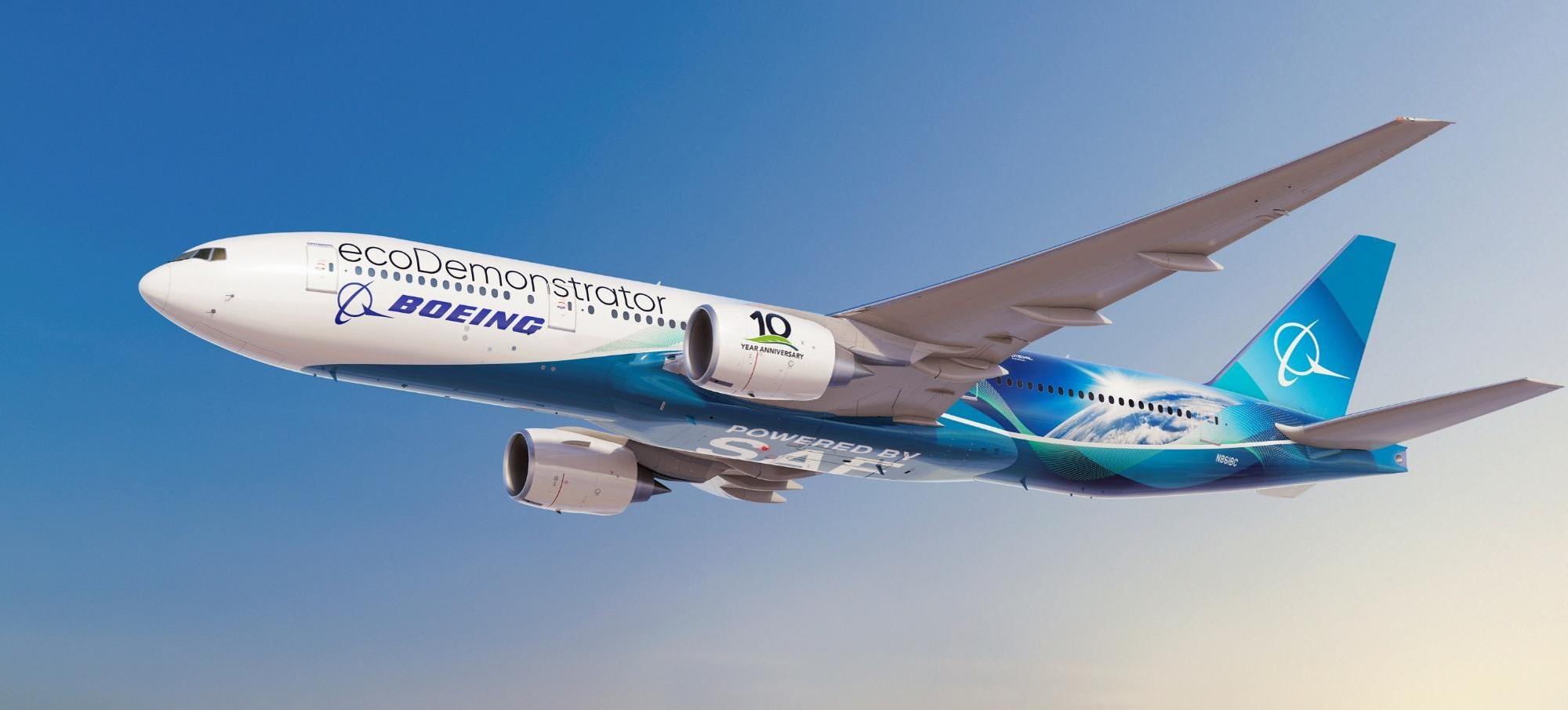
Credit: Boeing
SEATTLE—Boeing is modifying a 777-200ER into a testbed for 30 new technologies in the latest campaign of the company’s 10-year-long ecoDemonstrator evaluation program. The former Singapore Airlines and Air New Zealand-operated 777 is the ninth aircraft to be used for the ecoDemonstrator initiative...
Subscription Required
This content requires a subscription to one of the Aviation Week Intelligence Network (AWIN) bundles.
Schedule a demo today to find out how you can access this content and similar content related to your area of the global aviation industry.
Already an AWIN subscriber? Login
Did you know? Aviation Week has won top honors multiple times in the Jesse H. Neal National Business Journalism Awards, the business-to-business media equivalent of the Pulitzer Prizes.

